10 Best Herbal Baths For High Blood Pressure

Herbal baths can be a natural and soothing way to support cardiovascular health, particularly for individuals with high blood pressure.
Certain herbs such as lavender, chamomile, and valerian root are known for their calming properties, which may help reduce stress and promote relaxation—key factors in managing blood pressure. These herbs can be infused into bath water to create a therapeutic experience that encourages deep breathing and muscle relaxation. While herbal baths are not a substitute for medical treatment, they may complement a holistic approach to hypertension management.
It is important to consult with a healthcare provider before incorporating herbal baths into a wellness routine, especially for those with existing health conditions.
FREE Herb Drying Checklist
How to make sure every batch retains maximum flavor, color, and aroma without the risk of mold or over-drying. Eliminate guesswork and trial-and-error, making herb drying faster, easier, and more efficient every time.
Table of Contents
1. Rosmarinus officinalis
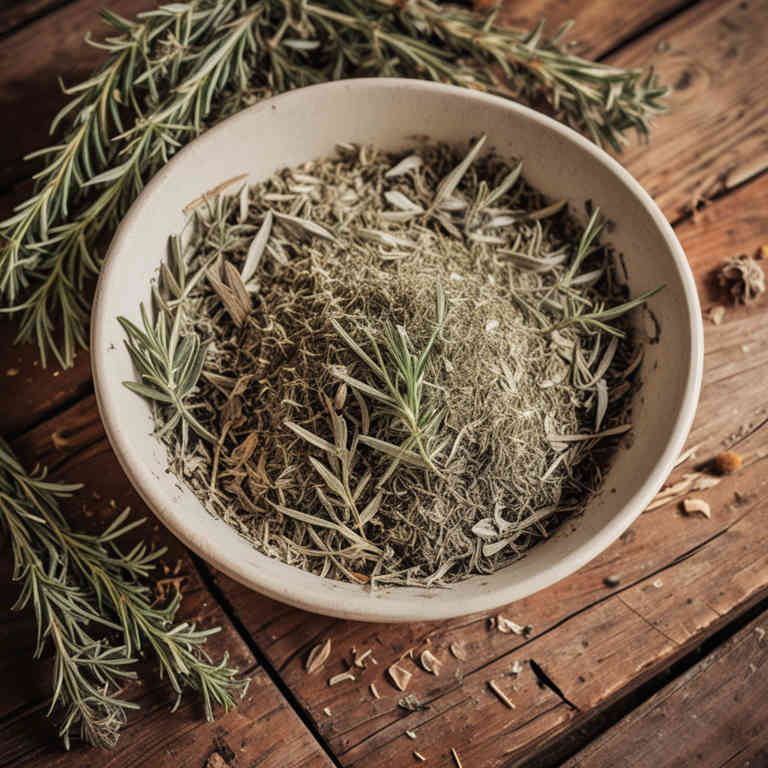
Rosmarinus officinalis, commonly known as rosemary, has been traditionally used in herbal baths to promote relaxation and improve circulation, which may benefit individuals with high blood pressure.
The essential oils from rosemary contain compounds like rosmarinic acid and cineole, which are believed to have calming and vasodilating effects on the body. When used in a warm bath, rosemary can help reduce stress and anxiety, both of which are known contributors to elevated blood pressure. However, while some studies suggest potential cardiovascular benefits, it is important to note that rosemary baths should not replace medical treatment for hypertension.
Always consult with a healthcare professional before incorporating herbal remedies into a hypertension management plan.
2. Urtica dioica

Urtica dioica, commonly known as stinging nettle, has been traditionally used in herbal baths to support overall health, including blood pressure regulation.
The leaves of this plant contain minerals such as potassium, magnesium, and calcium, which are known to help balance electrolytes and support cardiovascular function. When used in a warm herbal bath, stinging nettle can promote relaxation and reduce stress, a key factor in hypertension. Some studies suggest that the anti-inflammatory and antioxidant properties of nettle may contribute to improved circulation and blood pressure management.
However, while herbal baths may offer supportive benefits, they should not replace medical treatment for high blood pressure, and individuals should consult a healthcare provider before use.
3. Hypericum perforatum

Hypericum perforatum, commonly known as St. John's Wort, has been traditionally used in herbal baths for its purported calming and anti-inflammatory properties.
While it is well-known for its use in treating mild depression, some proponents suggest that its soothing effects may help reduce stress, which is a known contributor to high blood pressure. When used in a bath, the plant's active compounds, such as hypericin and hyperforin, may be absorbed through the skin, potentially promoting relaxation and improving circulation. However, it is important to note that there is limited scientific evidence supporting its effectiveness in directly lowering blood pressure.
As with any herbal remedy, it should be used with caution and under the guidance of a healthcare professional, especially for individuals with hypertension or those taking other medications.
4. Salvia officinalis

Salvia officinalis, commonly known as sage, has been traditionally used in herbal baths to support overall health, including cardiovascular wellness.
When infused into bath water, sage is believed to promote relaxation and reduce stress, which can indirectly help manage high blood pressure. The calming properties of sage may help lower cortisol levels, contributing to a more balanced physiological response. However, while some anecdotal evidence suggests potential benefits, scientific research on its direct impact on blood pressure is limited.
As with any herbal remedy, it is advisable to consult a healthcare professional before using sage baths as part of a hypertension management plan.
5. Valeriana officinalis
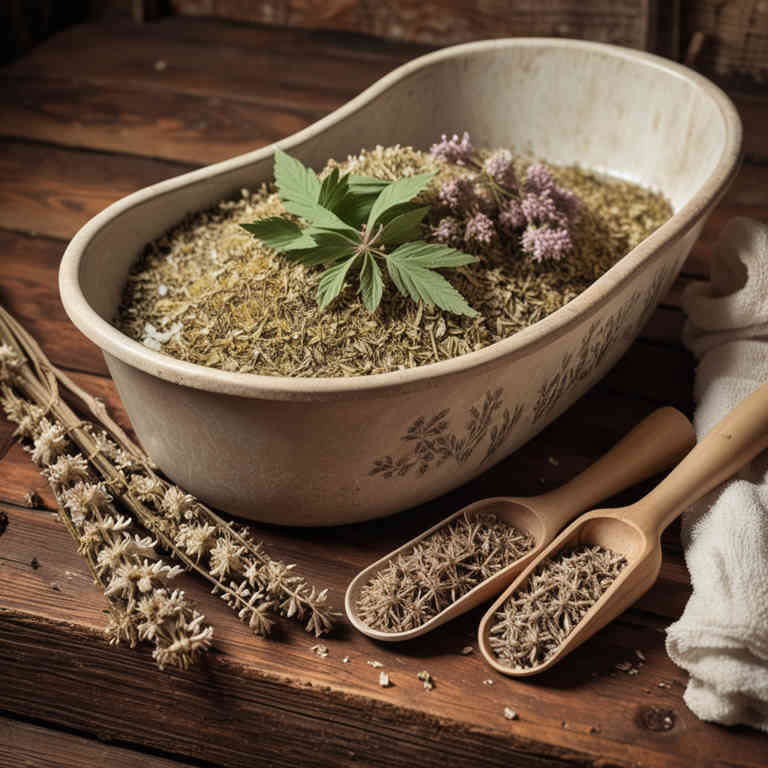
Valeriana officinalis, commonly known as valerian, is a traditional herbal remedy that has been used for centuries to promote relaxation and improve sleep.
When incorporated into herbal baths, valerian can help reduce stress and anxiety, which are known contributors to high blood pressure. The calming effects of valerian are attributed to its active compounds, such as valerenic acid, which may influence the central nervous system. Soaking in a valerian-infused bath can provide a soothing experience that supports cardiovascular health.
While it is not a substitute for medical treatment, valerian baths may serve as a complementary therapy for individuals managing hypertension.
6. Achillea millefolium
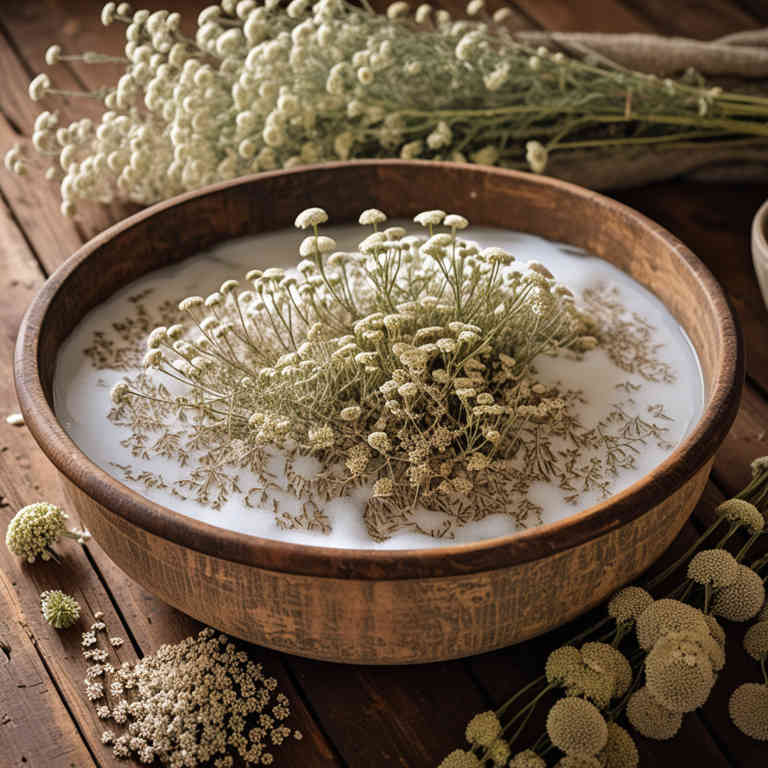
Achillea millefolium, commonly known as yarrow, has been traditionally used in herbal medicine for its potential cardiovascular benefits.
When used in herbal baths, yarrow may help promote relaxation and reduce stress, which can contribute to lowering blood pressure. The anti-inflammatory and antispasmodic properties of yarrow may support healthy blood flow and arterial function. To prepare a yarrow bath, steep dried yarrow flowers in hot water and then add the infusion to a warm bath, ensuring the water is not too hot to avoid skin irritation.
While herbal baths may offer supportive benefits, they should not replace prescribed medical treatments for hypertension and should be used under the guidance of a healthcare professional.
7. Vitex agnus-castus
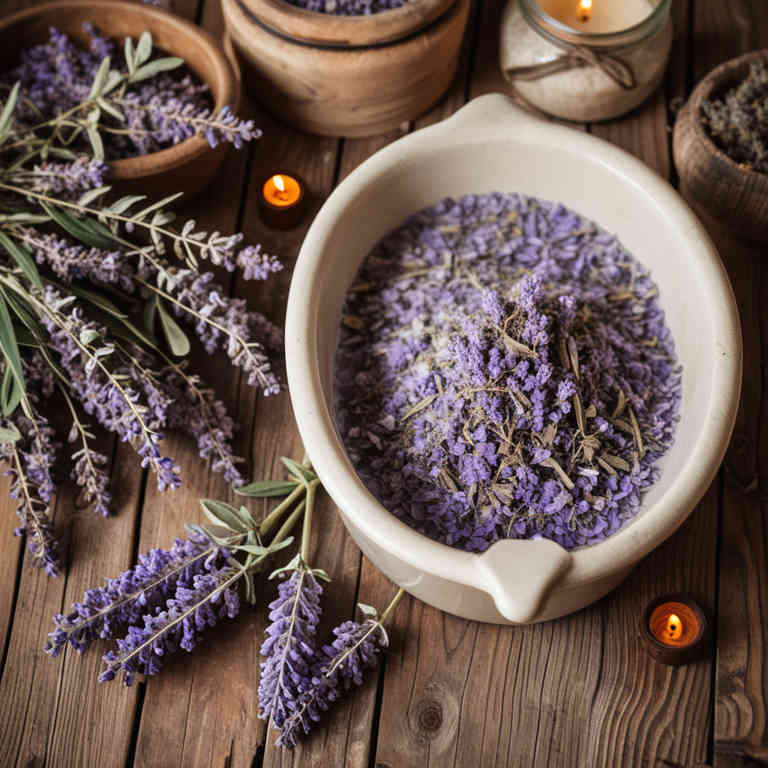
Vitex agnus-castus, commonly known as chaste tree, has been traditionally used in herbal medicine for its potential health benefits, including support for hormonal balance and stress reduction.
While it is not a direct treatment for high blood pressure, some studies suggest that its calming properties may indirectly help manage stress-related hypertension. Herbal baths infused with vitex can promote relaxation and reduce anxiety, which may contribute to lower blood pressure levels. These baths can be a soothing addition to a holistic approach to managing hypertension, alongside lifestyle changes and medical supervision.
However, it is important to consult a healthcare provider before using vitex or any herbal remedy, especially for individuals with pre-existing health conditions.
8. Mentha piperita
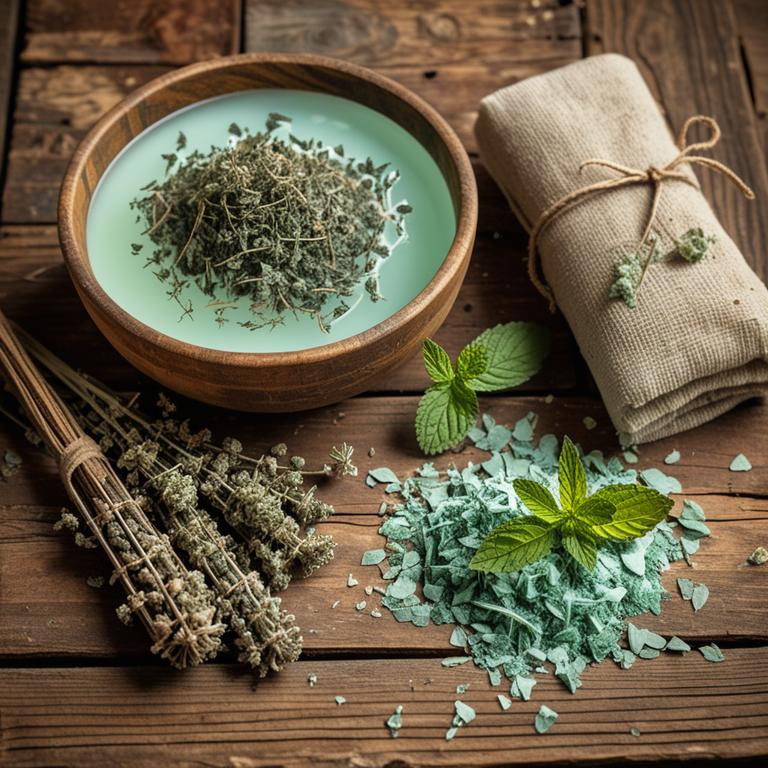
Mentha piperita, commonly known as peppermint, has been traditionally used in herbal baths to support overall wellness, including cardiovascular health.
When added to warm water for a bath, peppermint leaves can help relax muscles and promote a sense of calm, which may indirectly support blood pressure regulation. The aromatic compounds in peppermint, such as menthol, are believed to improve circulation and reduce stress, both of which are important factors in managing hypertension. While there is no direct evidence that peppermint baths lower blood pressure, they may contribute to a holistic approach to stress reduction and relaxation.
As with any complementary therapy, it is advisable to consult a healthcare professional before incorporating peppermint baths into a hypertension management plan.
9. Cnicus benedictus
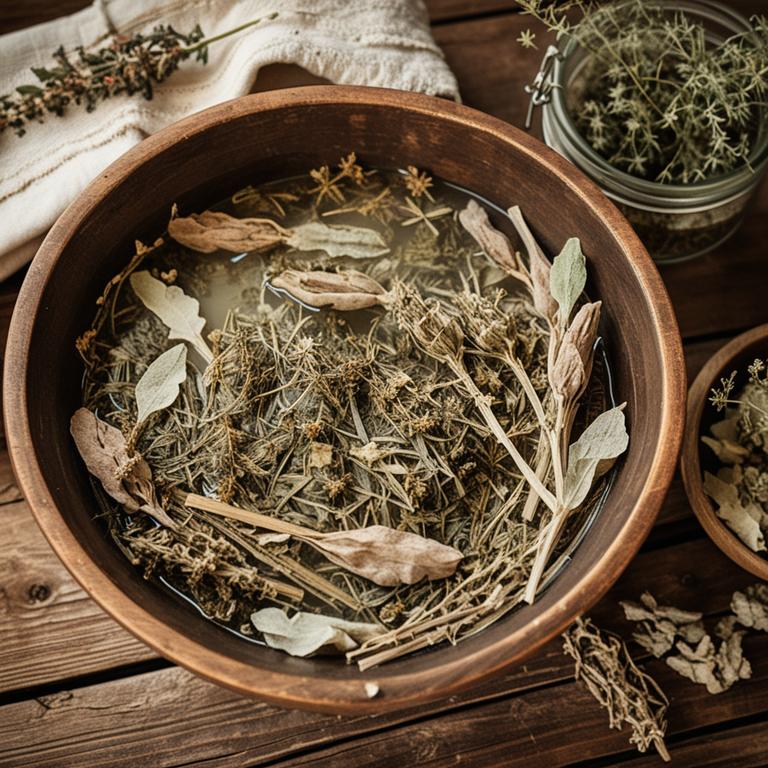
Cnicus benedictus, also known as blessed thorn, has been traditionally used in herbal baths to support cardiovascular health, including managing high blood pressure.
The plant contains compounds such as flavonoids and tannins, which are believed to have mild antihypertensive and anti-inflammatory properties. When infused into bathwater, it may help promote relaxation and reduce stress, both of which are significant contributors to hypertension. However, while some anecdotal evidence suggests potential benefits, scientific research on its efficacy for high blood pressure is limited.
As with any herbal remedy, it is advisable to consult a healthcare professional before incorporating Cnicus benedictus into a treatment plan for hypertension.
10. Echinacea purpurea
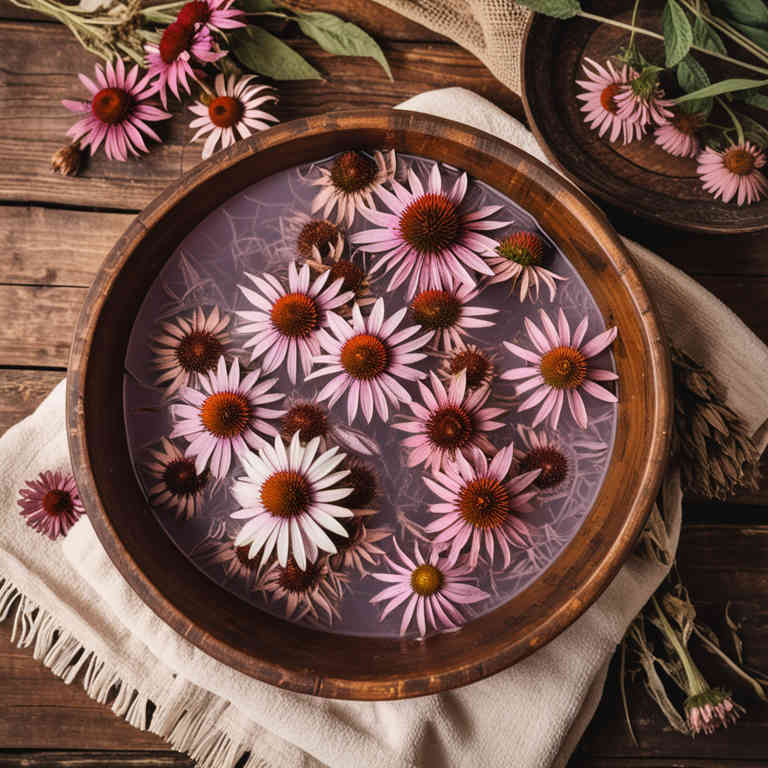
Echinacea purpurea, commonly known as purple coneflower, is traditionally used in herbal medicine for its immune-boosting properties, but recent research suggests it may also have potential benefits for managing high blood pressure when incorporated into herbal baths.
When infused into bathwater, echinacea can promote relaxation and reduce stress, which are key factors in regulating blood pressure. The anti-inflammatory and antioxidant compounds in echinacea may help improve circulation and support cardiovascular health. However, it is important to consult a healthcare professional before using echinacea baths, as they may interact with certain medications or conditions.
While herbal baths can be a complementary therapy, they should not replace prescribed treatments for hypertension.